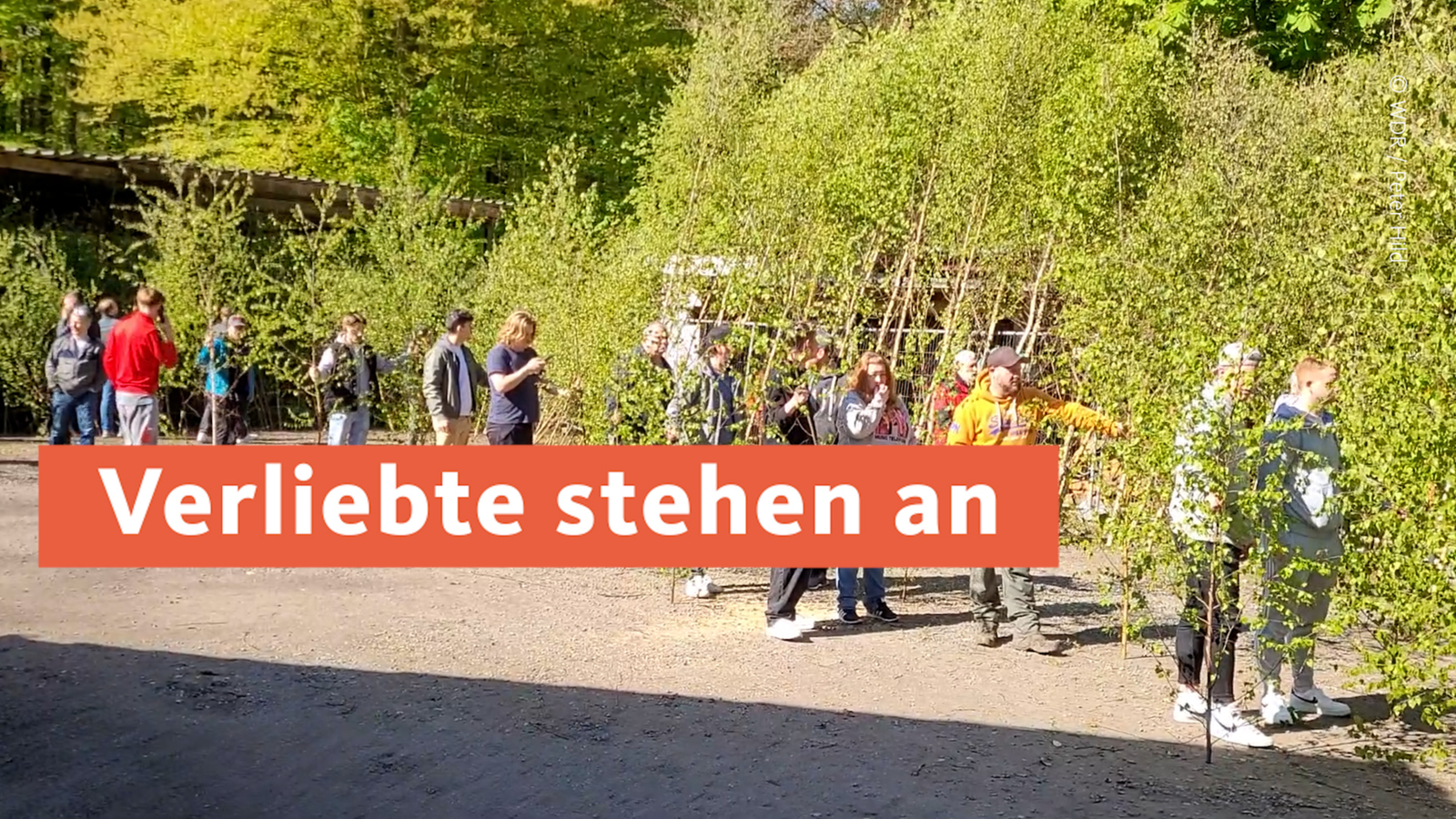Walpurgis Night or Dance into May
The night of May 1st is also often referred to as Walpurgis Night and is associated with a festival where witches dance around a fire. The name comes from the nun Walburga, a Heidenheim abbess from England, who is revered as holy in the Catholic Church. She is said to have died around the year 780. Her bones were brought to Eichstätt on May Day.
Expelling the Winter Demons
The commemoration day for Walburga and pre-Christian spring customs probably connected at some point. The witchcraft grew out of these springtime customs, in which the arrival of spring was celebrated with nightly bonfires. According to old folk belief, the Germanic gods Wotan and Freya drive out the winter demons on this night and beget spring.
Folklorist: Walpurgis Night initially had nothing to do with witches
The image of the witches dancing on Walpurgis Night became popular, especially through Goethe’s Faust at the beginning of the 19th century. Also the folklorists of LVR are certain that Walpurgis Night originally had nothing to do with witches. According to their findings, May 1st has been celebrated since the 8th century as the Arms Show Day of the able-bodied. The right to “extensively” again before entering military service could be connected with this examinationto go overboard“.
May fire or witch fire against evil spirits
In NRW, so-called witch fires or May fires are also lit on Walpurgis Night. It used to be used to drive away evil spirits and witches and avert diseases. In some regions, however, lovers are also brought together by jumping over the fire together.
The May King and the May Queen
What the prince is in carnival, the May King or May Queen is at some May celebrations in North Rhine-Westphalia. You have the task of hosting the May Festival. And the Majesties of May receive beer or money – from the auction of women, so-called mail marriages.
Mail marriage auction
According to the LVR, the many customs are strongly male-dominated, for example the custom of auctioning off women. This is done differently from village to village. In general, the men who work in the association bid for the women of the village for the May celebrations – there is no provision for the women to object. “The auctioned women are not present and will only be informed afterwards“, writes the LVR.
May 1st as a public holiday
Only in the 20th century did May Day become a public holiday in Germany. The background is a nationwide general strike by the trade unions in the USA in 1886. At that time, tens of thousands took to the streets for better working conditions. However, the protests got out of hand, there were dead and injured. Later, the American Labor Federation calls for commemoration of the victims on May Day; the “struggle day of the workers’ movement” is born. Through further strikes and protests, the day is gradually becoming a tradition – also in Germany.
